
A few suggestions to get the holiday planning process started
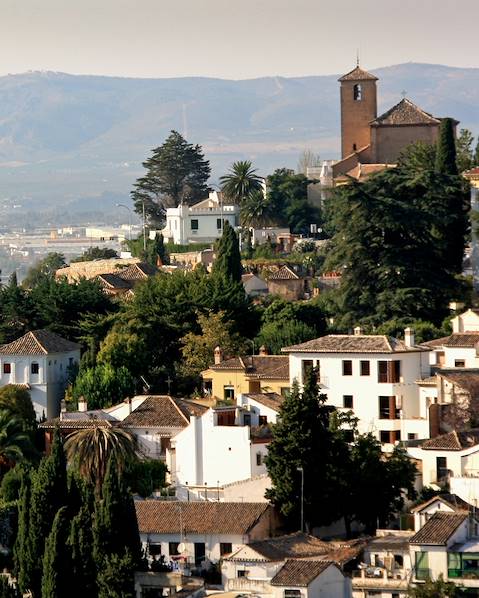
Drive around the beautiful countryside and stop off at local hillside villages
9 days, from £2180 to £3480
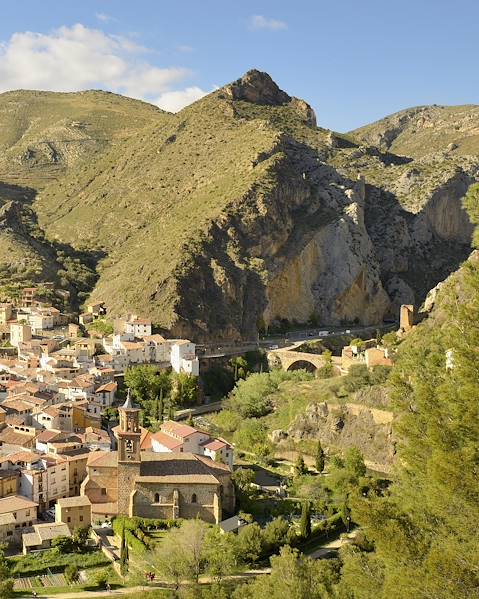
Take to the pavements on walking tours of Bilbao and San Sebastian
7 days, from £2450 to £3910
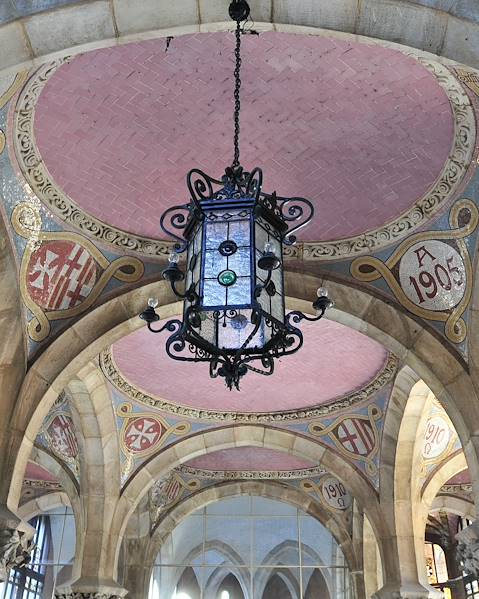
Enjoy train travel in style as you journey through France to Barcelona
5 days, from £1345 to £2140

Cycle around Palma finding the best spot for tapas
7 days, from £3040 to £4850
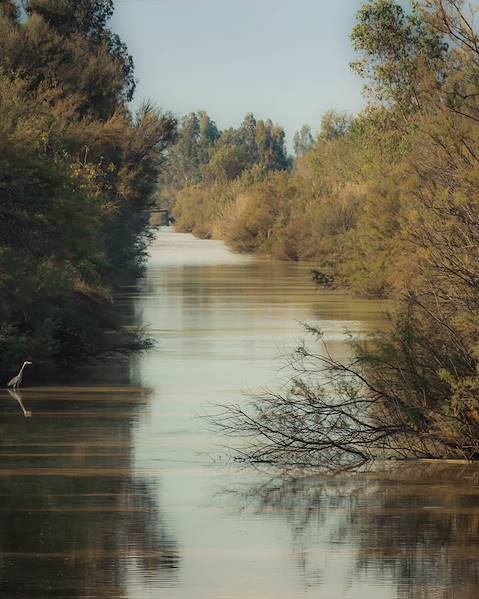
Experience different sides of Andalucia, from the charm of Seville to the beautiful landscapes of Donana
8 days, from £1530 to £2230
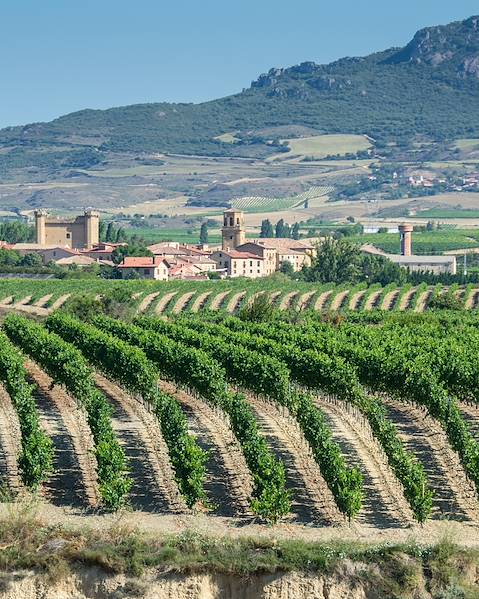
Travel from London to Bordeaux by train in less than a day
6 days, from £1965 to £3130

Want to experience Spain like a local? We can help you get under the country’s skin, from Green Spain’s mountains to the Balearic Islands’ sun-soaked coasts. Fear not about missing out on the country’s popular spots, as we can help source tickets to sites like the Alhambra (even when it’s sold out) and advise on the best times to avoid the crowds. Our in-country Concierges can provide tried and tested tips, from secret eateries in Seville to pointing you towards Catalonia’s oldest lighthouse. When it’s time to hit the hay, we’re constantly on the lookout for properties with the best locations, restaurants and ways to relax.
ENQUIRE NOW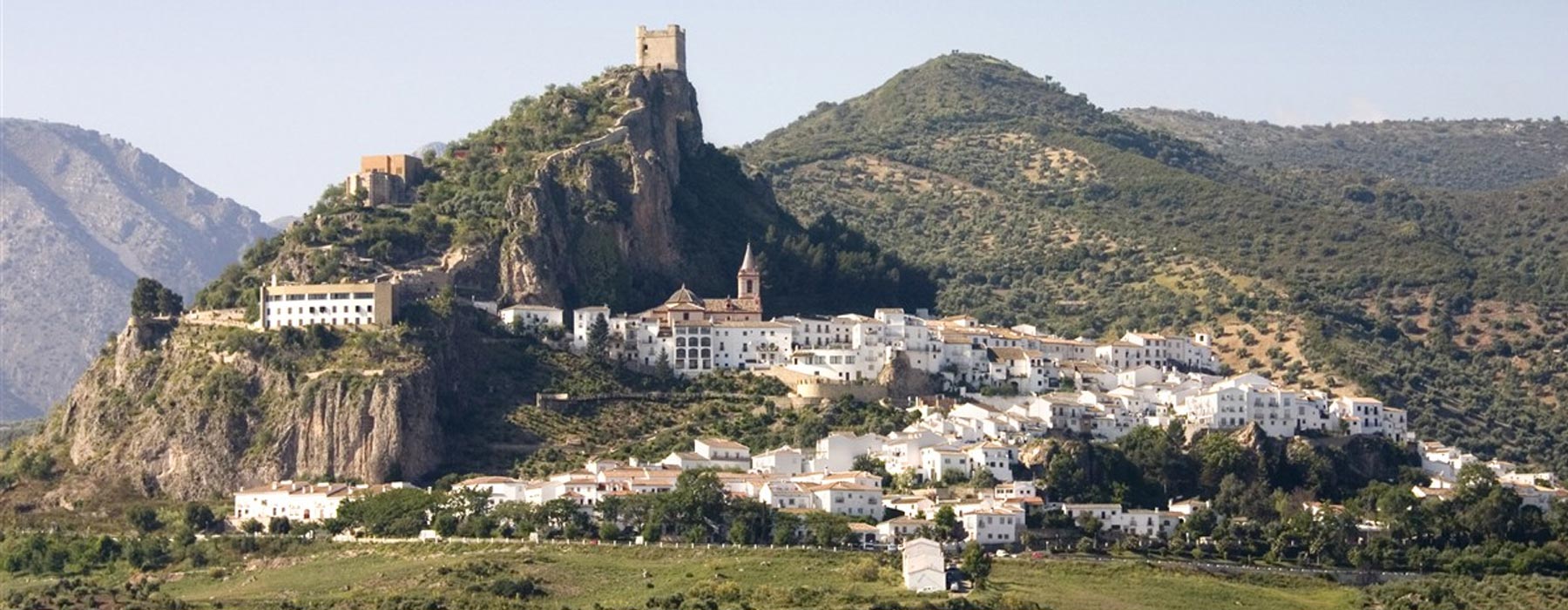
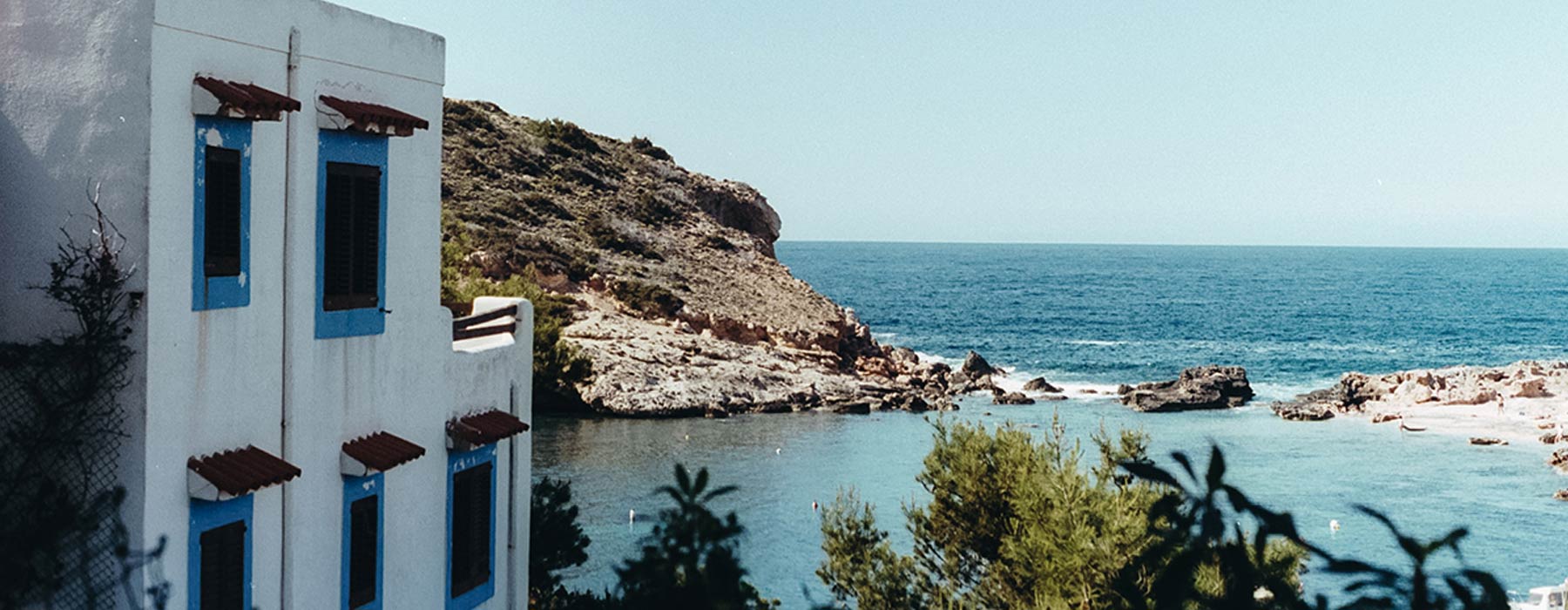
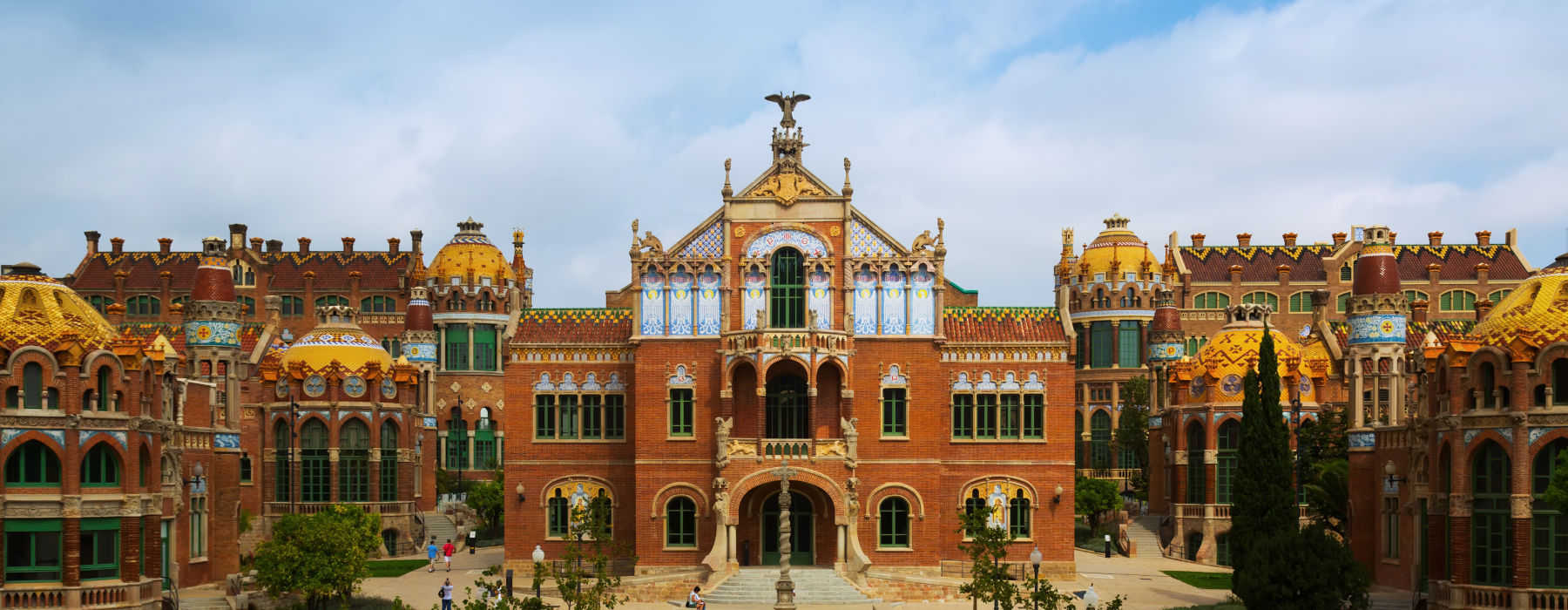

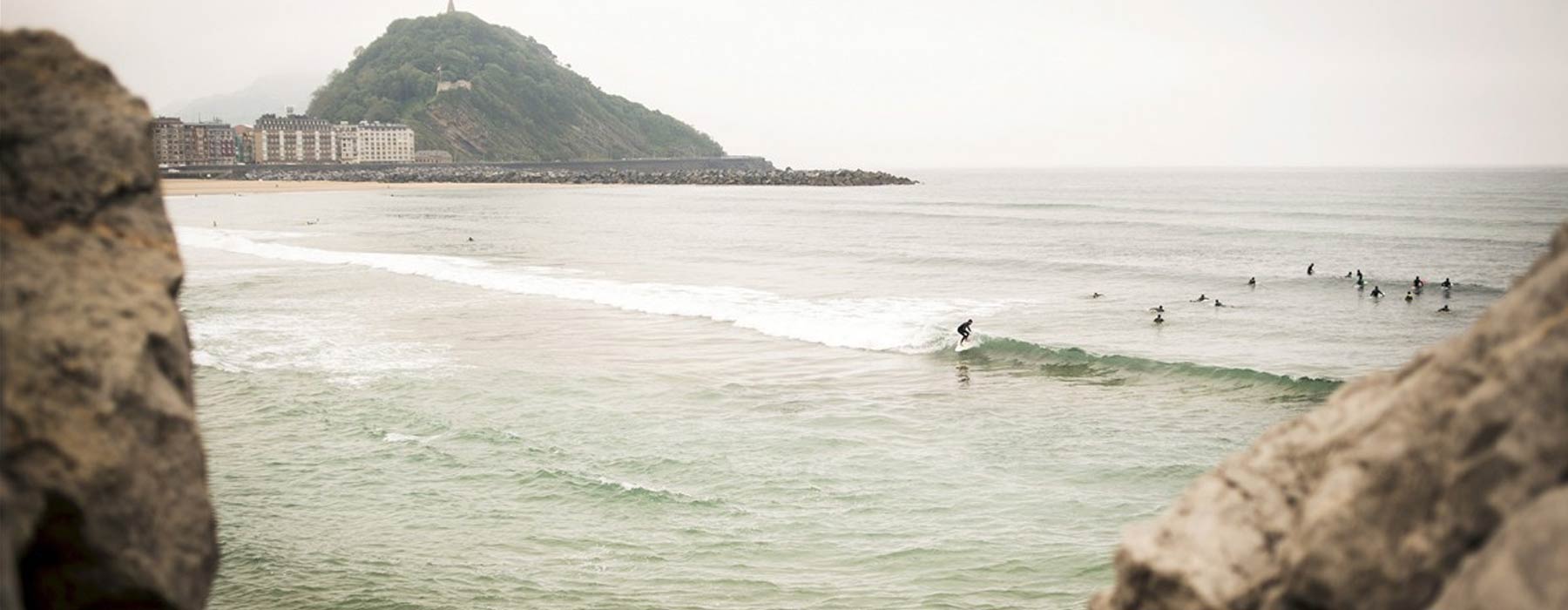
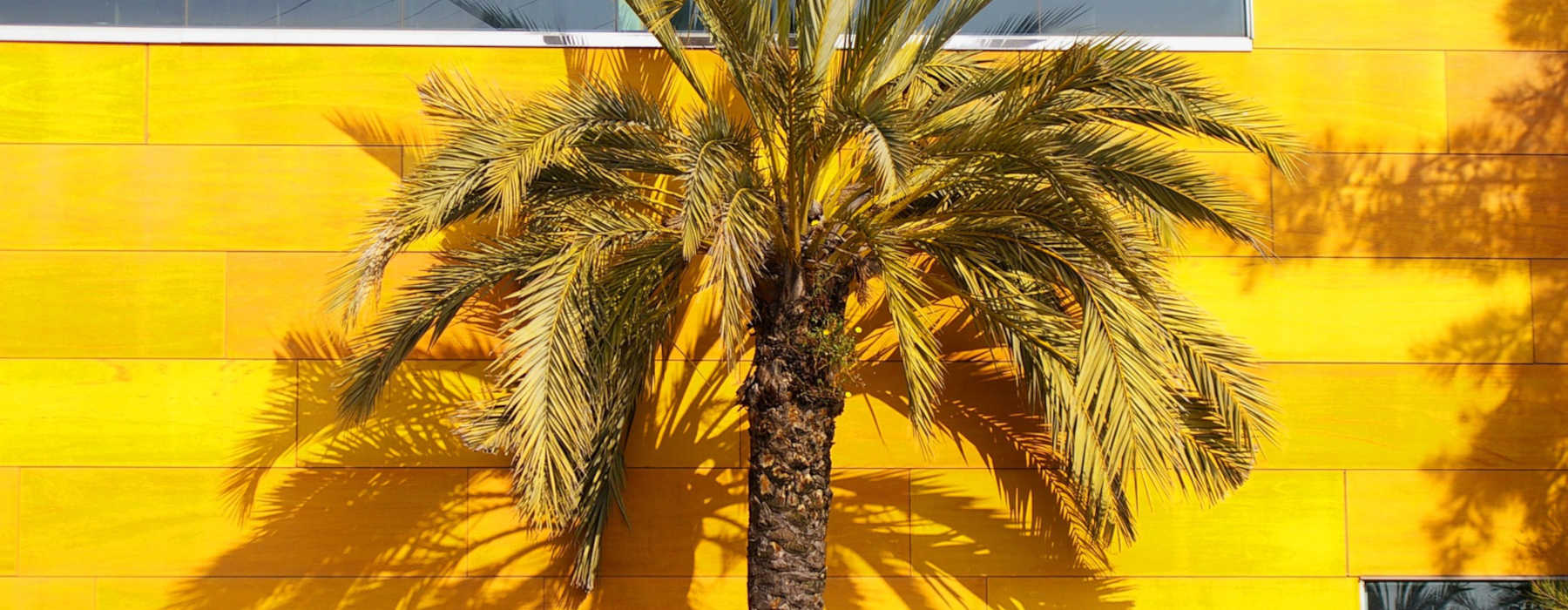
Discover different ways to explore Spain
Practical advice and inspiration to help you prepare for your holiday

Practical guide

Travel Advice & Information

Blog
Whether you're after the Basque County’s food and wine, the countryside of Andalucia or the beaches of the Balearics, leave holiday planning in our clued-up travel consultant’s hands. They’ve travelled the length and breadth of Spain gaining intel along the way. Help doesn’t end there – while in the country, our Concierges can help you live like a local by recommending secret Seville eateries and sourcing sold-out tickets for popular sites (all just a WhatsApp away). For an extra splash of Spanish insight, we can arrange expert guides to share nuggets of knowledge, such as translating the Alhambra’s Kufic inscriptions for you.

The legal age for consumption and purchase of alcohol in Spain is 18. When it comes to alcohol, the country is particularly well-known for its wines. In fact, it’s the third-largest wine-producing country in the world – Rioja and cava are two of the most popular varieties.
Spain has different climates across the country. In the Mediterranean portion (the south and east coasts), there is less variation throughout the year than in other parts. With milder winters this is a prime spot for some winter sun. Come summer, expect warm, dry weather and, on the coast, a refreshing sea breeze.
Central Spain, home to the capital city of Madrid and Medieval cities such as Toledo and Salamanca, is generally the warmest part of the country during the summer months, with temperatures exceeding 30ºC in July and August. The region also has the coldest winters so be sure to wrap up.
Spain’s northern region – or Espana Verde (Green Spain) – is generally wetter and cooler than the rest of the country. Summers are still warm, with temperatures in Bilbao averaging around the mid-20s, but expect plenty of cloud cover and more rainy days throughout the year.
The best time to go to Spain is either late spring or early autumn. While the country’s a great year-round destination, travelling during these months ensures you can make the most of the pleasant weather while avoiding the peak summer crowds.
The Balearic and Canary Islands are popular spots due to their pleasant climate and beautiful beaches. Majorca and Ibiza make up the majority of tourism in the Balearics and are particularly popular among British travellers.
Surrounded by the Atlantic Ocean, large parts of the Canary Islands are characterised by volcanic landscapes and wild beaches. The archipelago is far closer to the northwest coast of Africa than to the Spanish mainland, meaning the islands enjoy a subtropical climate. Tenerife is the largest and most popular island in the Canaries, with Gran Canaria and Lanzarote not too far behind in visitor numbers.
Madrid is both the capital and largest city in Spain. Situated in the heart of the country, it remains one of Spain’s most popular destinations and is renowned for its vibrant culture and lively atmosphere.
Spanish is the country’s official language and is the most widely spoken dialect. However, each autonomous region has its own language with official status, such as Catalan in Catalonia and the Balearic Islands.
Spain uses the Euro (€). Credit cards are accepted almost everywhere although it’s always good to have cash to hand to pay for things like taxis. ATMs are easy to come by, even in small towns.
Spain is bordered by Portugal to the west, and France and Andorra to the north. It also shares a land and maritime border with Morocco, while the British Overseas Territory of Gibraltar sits on the southern tip of the mainland.
Covering nearly 200,000 square miles, Spain is the biggest country in Southern Europe. Fortunately, it’s very well connected by public transport and benefits from a modern road network, which makes it relatively easy to explore different parts of the country in the same trip.
Flight times from London to some of the most popular destinations are:
Culture runs deep in Spain with endless World Heritage cities offering art, music and architecture galore. Valencia showcases some of the best avant-garde architecture; The Guggenheim Museum in Bilbao is considered one of the best art galleries in the world; Barcelona is alive and kicking with its thriving night life; and the sophisticated capital of Madrid invites nights at dreamy design hotels. Even outside of the cities, the villages and towns offer bustling streets alive with the al-fresco inspired life while further out, in the Andalusian countryside, farm stays are full of charm and swimming pools entice big ones and little ones alike to jump right in. The beaches of the Costa del Sol are another firm family favourite and the hotels and resorts scattered across the Balearic Islands and the likes of Tenerife and Gran Canaria are ideal for lazy seaside escapes.
Moorish influence can be found throughout Andalucia, home to the magnificent Mosque of Cordoba and incredible Alhambra in Granada. Celebrating traditional Spanish culture with a modern twist, here you'll experience flamenco that has been lovingly revived by young, modern artists. While you're here, make sure to feast on plenty of sensational Spanish cuisine - famed around the world for its tasty tapas, paella and fresh seafood available at beautiful bistros and cute cafes. When it comes to bedtime in Spain, it's inevitably late, and there are some truly special places to rest your head. From convents and castles to magnificent monasteries, there are endless opportunities for original stays.
Weekend escapes are ideal for exploring Spain's sensational cities from Bilbao and Barcelona in the north and Madrid and Valencia in the centre, to orange-scented Seville and gorgeous Granada in the south. For those who have a week or more on their Spanish holidays, renting a car and heading out to Castile makes for an incredible road trip. And for those lucky enough with ten days or more to play with, Andalucia should be high on your exploration list, ideally combined with a short and sunny seaside break.
- Those seeking a spiritual slant to their Spanish escape can pack a pair of hiking boots and walk the popular Camino de Santiago route. The Pilgrims Trail takes you across the wild countryside and into the holy city of Santiago de Compostela, the capital of Spain's Galicia region and the supposed burial site of the Biblical apostle St. James.
- Design lovers will adore exploring Gaudi’s gorgeous creations in the colourful city of Barcelona.

Our team of destination experts will get to know you and your unique requirements for your holiday

We work with you to build an ultra-personalised holiday itinerary with your choice of accommodation, experiences and activities

All of our holidays include little extras designed to make a big difference to your trip, from fast-tracking you through airport check-in and security to our network of local Concierges